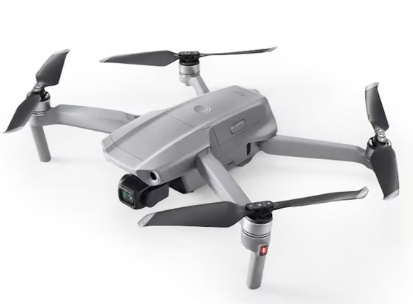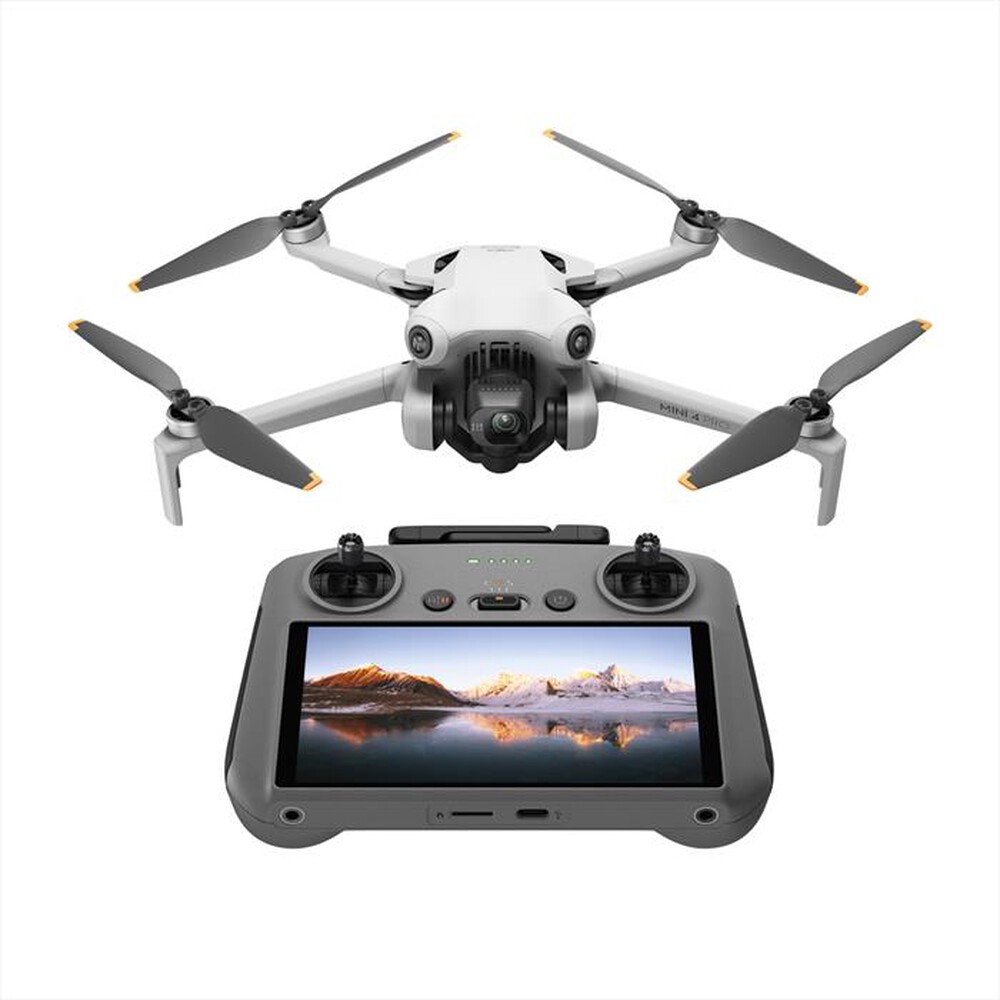Drones for Aerial Photography: A Comprehensive Guide
Introduction
Aerial photography has revolutionized the way we capture the world around us, offering unique perspectives that were once the privilege of helicopters or fixed-wing aircraft. Thanks to the rise of drones, this exciting medium is now accessible to amateurs and professionals alike. Whether you are an enthusiast looking to elevate your photography skills or a seasoned professional seeking to diversify your portfolio, drones offer unmatched opportunities for creativity and exploration. This guide will delve into everything you need to know about drones for aerial photography, from choosing the right drone to mastering post-production techniques.
The Benefits of Drone Photography
1. Unparalleled Perspectives
Drones enable photographers to capture shots that would be impossible or impractical from the ground. From breathtaking landscapes to dramatic cityscapes, the elevated vantage point opens up a world of artistic possibilities.
2. Cost-Effectiveness
Compared to traditional aerial photography methods, using a drone is far more affordable. Renting helicopters or small planes can cost thousands of dollars per hour, whereas a high-quality drone provides long-term value with minimal operational costs.
3. Accessibility and Ease of Use
Modern drones are designed with user-friendliness in mind. With features like GPS stabilization, obstacle avoidance, and automated flight modes, even beginners can achieve professional-grade results.
4. Versatility Across Industries
Drones are not just for photographers. They’re being used in real estate, agriculture, environmental studies, and filmmaking, proving their adaptability and increasing demand.
Choosing the Right Drone
Key Considerations
- Camera Quality Look for drones with high-resolution cameras, such as 4K or higher, and advanced features like adjustable aperture, HDR, and RAW photo capabilities.
- Flight Time and Range A longer flight time allows for more opportunities to capture the perfect shot. Most consumer drones offer 20-40 minutes of flight time per battery charge. Range is another important factor, especially for capturing expansive areas.
- Stability and Controls A good drone should have a gimbal for stabilization, ensuring smooth and steady footage. Intuitive controls and compatibility with mobile apps enhance the user experience.
- Portability Compact and foldable drones are ideal for photographers who travel frequently. These models are easy to carry without compromising on performance.
Recommended Drones for Photography
- DJI Air 3: Compact, reliable, and equipped with a dual-camera system, this is a versatile choice for hobbyists.
- Autel Robotics EVO Lite+: Known for excellent low-light performance and long battery life.
- DJI Mavic 3 Pro: Ideal for professionals, offering superior image quality and advanced flight features.
- Skydio 2+: Exceptional obstacle avoidance and autonomous flight modes make it perfect for dynamic environments.
Essential Accessories
- Extra Batteries: Extend your shooting time with additional batteries.
- ND Filters: Control light exposure and achieve cinematic effects.
- Carrying Case: Protect your drone and accessories during transport.
- Landing Pad: Provide a safe takeoff and landing area, especially on uneven surfaces.
- Propeller Guards: Minimize the risk of damage during flights in tight spaces.
Flying Tips for Beginners
1. Start Small
Begin with a budget-friendly drone to practice your piloting skills before upgrading to a more advanced model.
2. Understand Local Regulations
Drone laws vary by country and region. Always check for flight restrictions, no-fly zones, and registration requirements before taking off.
3. Practice Manual Controls
While automated flight modes are convenient, mastering manual controls gives you greater flexibility and precision in framing your shots.
4. Monitor Weather Conditions
Wind, rain, and extreme temperatures can affect your drone’s performance. Always fly in safe and calm weather conditions.
5. Plan Your Shots
Scout locations in advance and plan your flight path to optimize battery life and ensure you capture all desired angles.
Post-Production Techniques
Editing is a crucial step in aerial photography. Here are some tips for enhancing your images and videos:
- Use Photo Editing Software Programs like Adobe Lightroom or Photoshop allow you to adjust exposure, contrast, and color grading for stunning results.
- Stabilize Video Footage Video editing tools like Adobe Premiere Pro or Final Cut Pro can stabilize shaky footage, ensuring a professional finish.
- Embrace HDR High Dynamic Range (HDR) enhances details in both highlights and shadows, making your images more vibrant and dynamic.
- Experiment with Angles Crop and rotate your images to find unique compositions that maximize visual impact.
Conclusion
Drones have transformed the landscape of photography, making aerial shots more accessible and inspiring than ever. By understanding the technology, honing your skills, and investing in the right equipment, you can unlock new creative potential and take your photography to breathtaking heights. Whether you are capturing the golden hues of a sunrise, the symmetry of urban architecture, or the vastness of nature, drones allow you to tell stories from perspectives that were once out of reach.
Are you ready to take flight? Let your creativity soar and explore the endless possibilities that drone photography has to offer.


